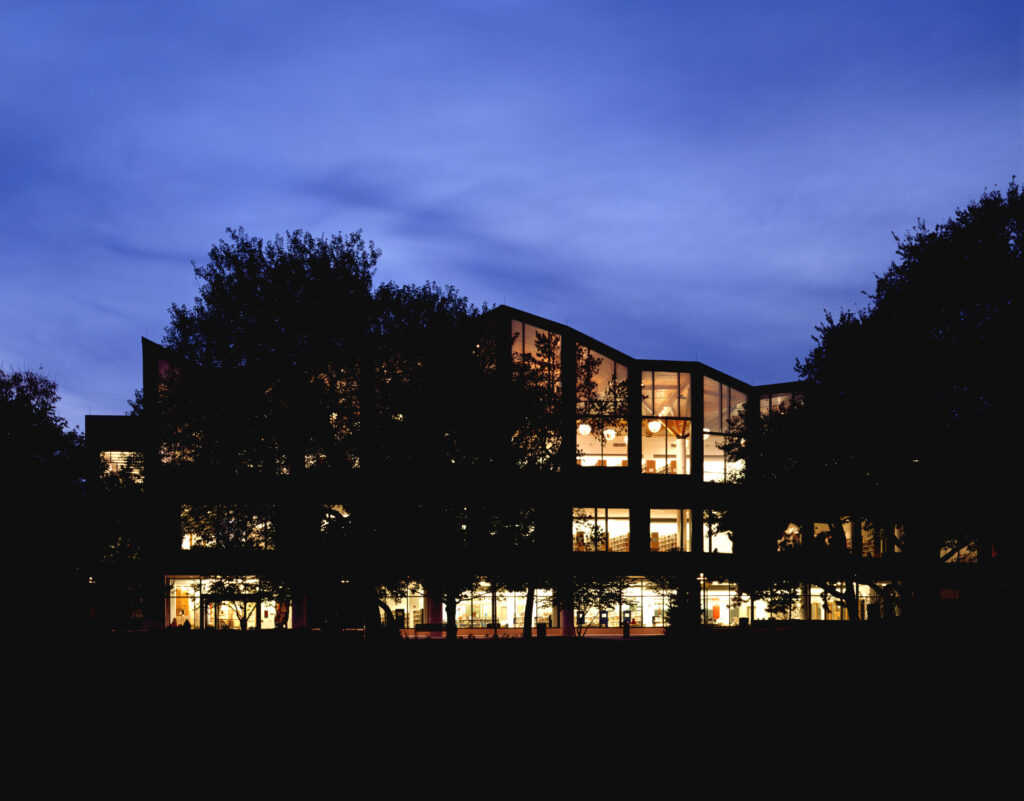
Acts of Optimism
When in school, Stanley Tigerman explained to us that the practice of architecture is an act of optimism because it is about building things as opposed to destroying them. I remember hearing this from him more than once, as if it were an important life theme in counterpoint to the threat of nuclear annihilation that was very real to his generation. In his uniquely mischievous but insightful way, he told us of colleagues with therapists on both coasts to address their existential dread.
I understood the logic of his statement but could not understand it emotionally. I am among those fortunate to never have directly experienced the destructive forces of war implied in this statement. But having participated in the creation of architecture, I have come to understand firsthand the positivity from community, owner, and constructor necessary to build.
My emotional understanding is deepened with every horrific image I see of war’s effects. Human life is the paramount measurement of war’s cost. I am surprised by the emotional weight carried by images of bombed buildings—walls left hanging grotesquely midair without visible means of support, bomb penetration holes through school buildings, the privacy of residential interiors torn open to public view. These images convey war’s destructive progress. In this context, building is not just an act of optimism, but of healing. When possible, build. Rebuild.
